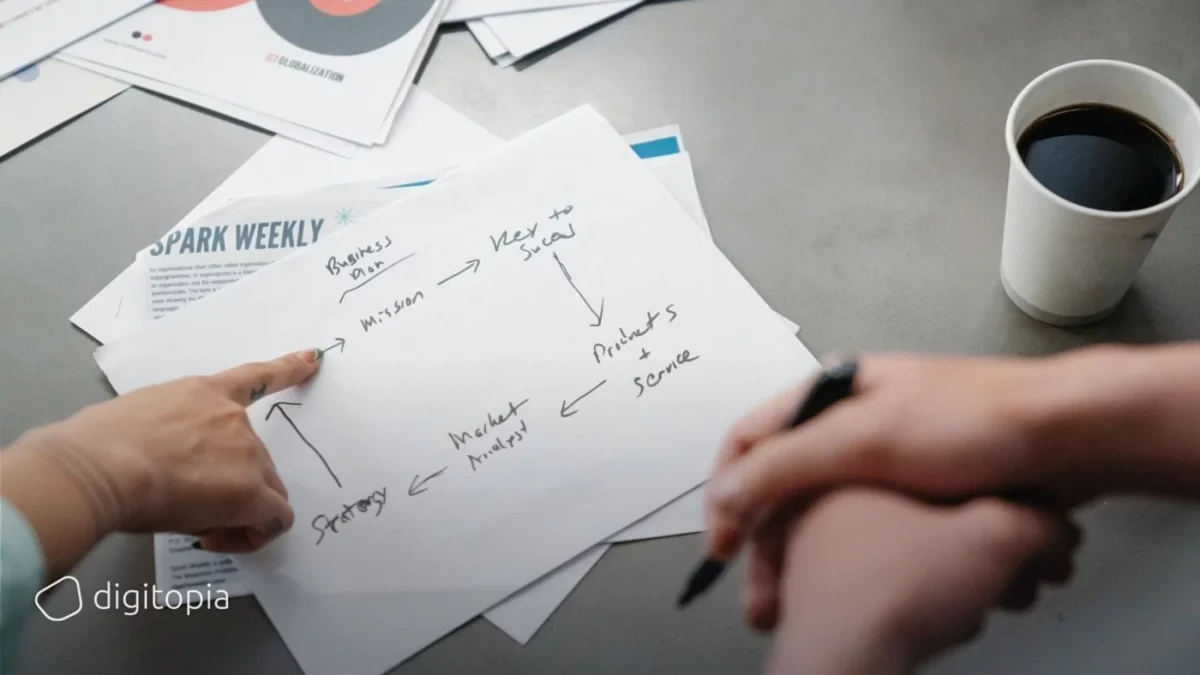
Too Big to not to Fail
There are lots of examples of products that have failed. CB Insights helped us by sharing 164 of them (https://www.cbinsights.com/research/corporate-innovation-product-fails/ ). There are products from the most prominent companies we know of within the list. Google Glass, Microsoft SPOT Watches, Nike’s Fuel Band… But why did they fail? Ideas not developed with a human-focused model that enables empathy and solution development were generally unsuccessful and removed within a few years. If you focus on creating an innovative product and have the means to do that, you’ll probably be able to create one. But does the market need and want that?
Human centricity is a must to survive for businesses in the current era. Today, business units from various industries apply the design thinking approach to solve poorly defined, complex or insufficiently unknown/uncertain problems since the method enables us to rethink these issues from a customer’s perspective and concentrate on the user’s needs. Moreover, design thinking allows us to listen intently and solve problems by thinking imaginatively and from a beginner’s perspective.
Design Thinking: How to Think
There are different methods to communicate the processes of design thinking. All of them are built on the same foundations, focusing on fitting the products to customer needs. A good product design requires asking who, what, where, and why. Observation is what mostly answers these questions. Then, you have to make empathy with customers and understand their problems and needs to tailor a solution. On these foundations comes the methodology. Usually, the approach is defined by 5 or 6 phases, not necessarily applied in order. The 6th step tends to be evaluation. There is not much to explain for the 6th one, so I will be elaborating on others:
- Empathize: This is the name of the step that you learn about your potential customers.
- Define: This step defines the problem and for whom you are solving it. Again, the user needs should be understood as detailed as possible to create a product that makes the customers feel like this is exactly what they need.
- Ideate: Innovative solutions require not accepting the assumptions but challenging them to create better ideas. The objective is to comprehend specific consumer issues and then provide solutions suited to those particular issues.
- Prototype: You start to create solutions. Provocation prototypes are designed to help customers grasp what they need, want, communicate, and feel.
- Test: You test the prototype, learn, and refine the solutions. This is a vital feature of design thinking; this is where you integrate the customers into your design process.
Design Thinking: How to Apply
The steps start with discovering the customer’s unmet needs. Understanding customers’ needs is the key to creating tailor-made solutions for them. This can, and should, be with some interaction with customers. Again, but not necessarily on feedback, observation is one of the main requirements. Why don’t we simply ask them? Because even they may not fully understand possible solutions. For example, people have problems with cable headphones. The size of the cables may not be enough for listening and talking comfortably on some occasions. So, the first thing that comes to mind is to create longer cables. But when you continue to observe, you realize the cables are tied every time you put the headphones into your pocket. Thus, longer cables should also be made in a way that would not be tied in a pocket – this is the next thought. But, after observing, thinking, and asking, you may realize the problems with the cables cannot be solved. What is needed is for the wires, to be removed completely.
After understanding the problems and needs, you should co-create solutions with your customers. Asking the customers what a solution for the problem can be is helpful, even though the answers are not viable. It gives another perspective, a chance to step inside their shoes. This helps the solutions not to be biased and to be truly made for the customers. It is one of the best ways to implement design thinking, not only in the beginning but with all the processes of prototypes and products. Solutions may create new problems. All the strategies, planning, prioritization, and implementations should be designed for the customers and be reshaped according to them. What customers experience is what matters.
Long Story Short
Customer centricity is essential to continue computing. There are many approaches to chasing this goal- design thinking is one of the best. This approach keeps customers at the centre of processes and reshapes them according to their experiences to pursue the best for them. Continuous evolution is required in order to not be naturally elected. Design thinking helps you to become a business that evolves in the right direction.

